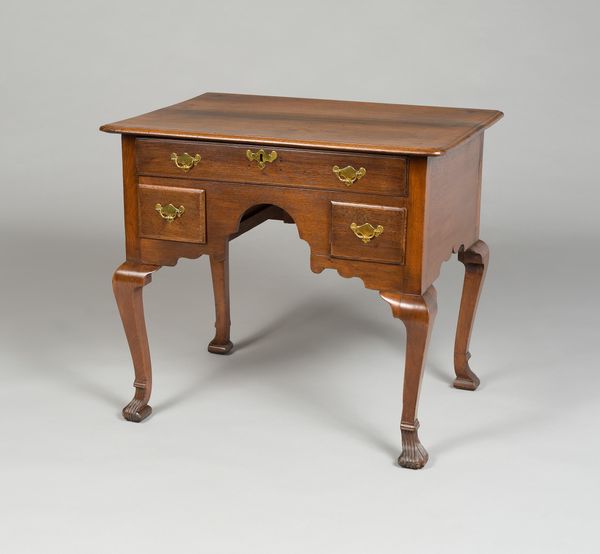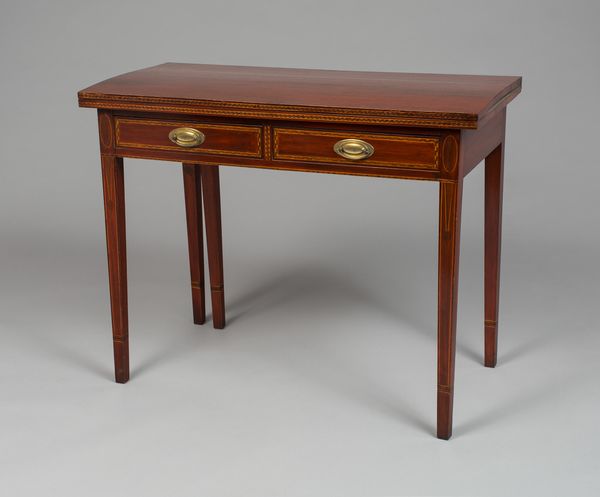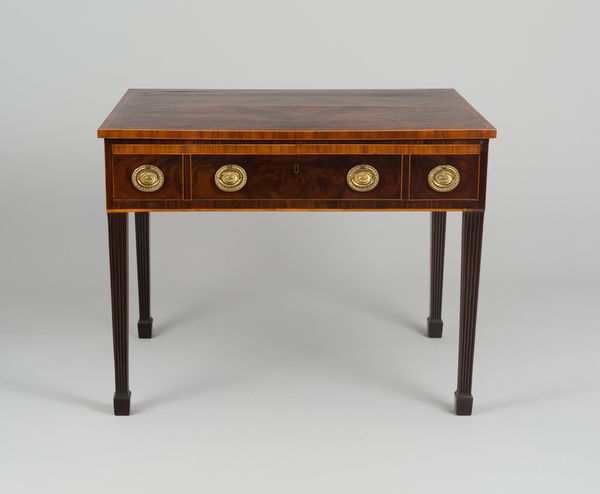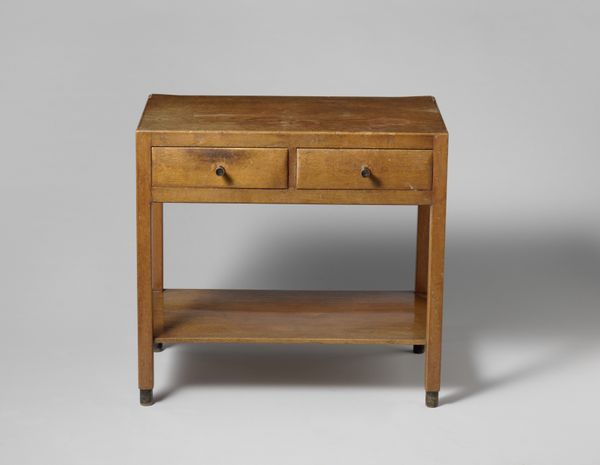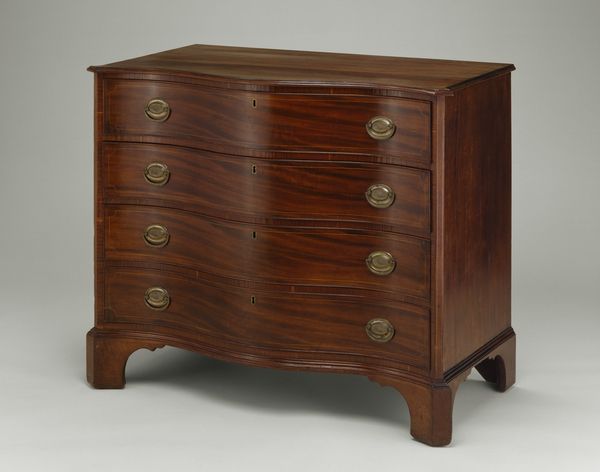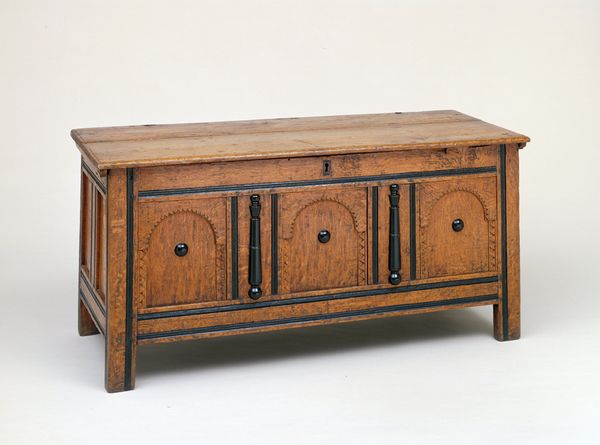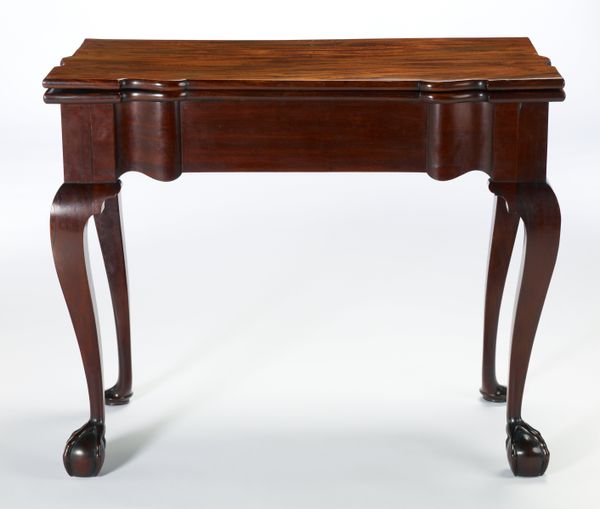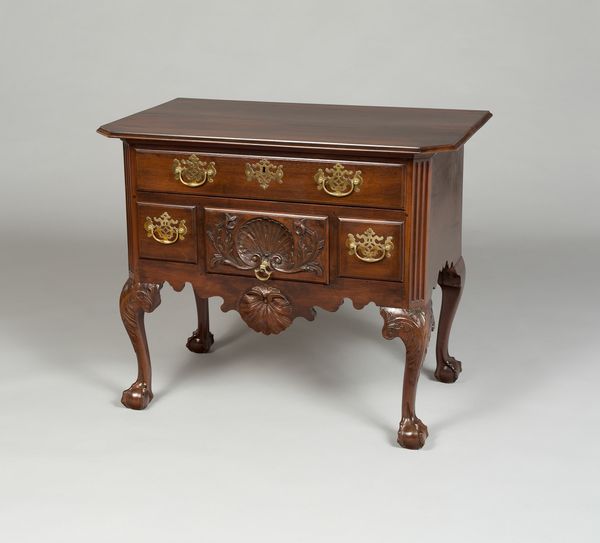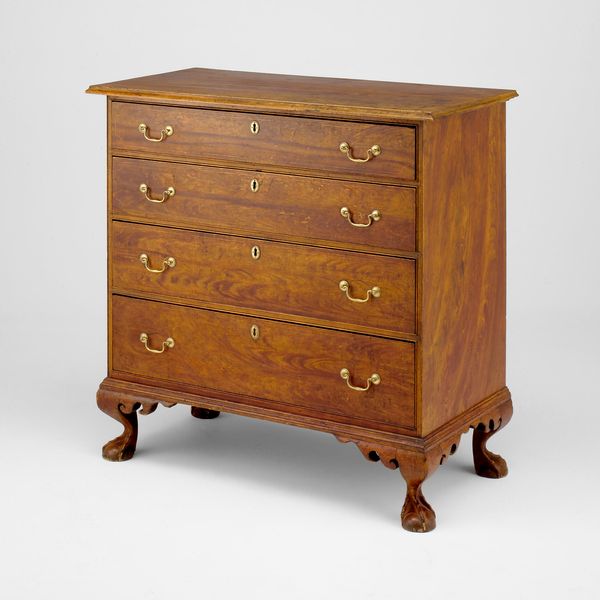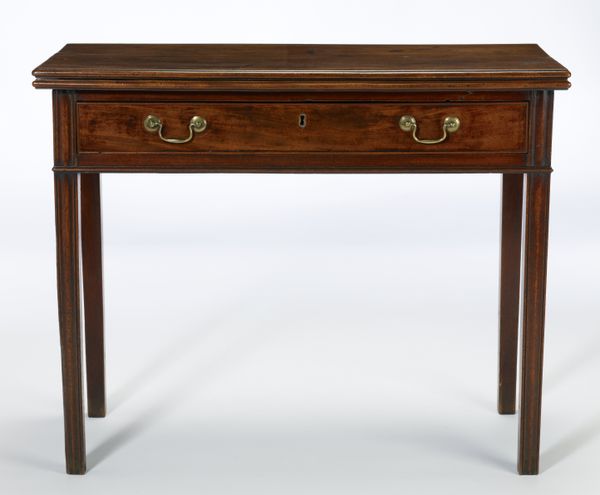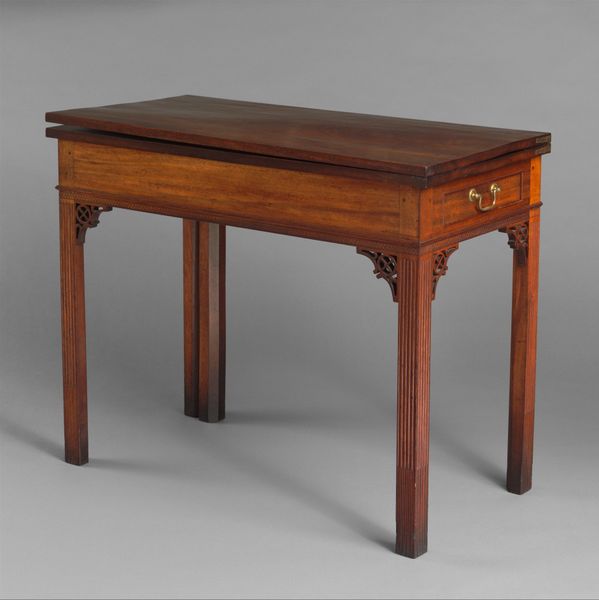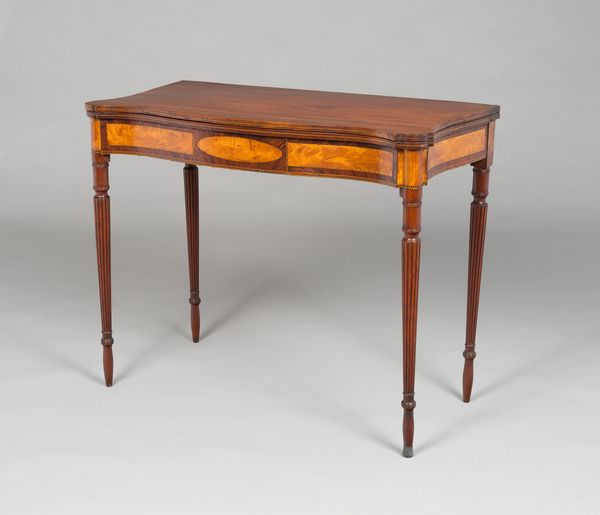
wood
#
wood texture
#
arts-&-crafts-movement
#
furniture
#
wood
Dimensions: 40-1/8 x 42 x 25-1/4 in. (101.9 x 106.7 x 64.1 cm)
Copyright: Public Domain
Editor: This wooden desk, made around 1903 by the Craftsman Workshops of Gustav Stickley, looks so sturdy and functional. It almost feels like a silent rejection of the overly ornate styles that came before. What do you see in this piece, beyond just a desk? Curator: I see a manifesto! The Arts and Crafts movement, of which Stickley was a key figure, arose as a direct response to industrialization. Think about the social context: factories churning out cheap, mass-produced goods, displacing skilled artisans and devaluing human labor. This desk embodies a return to handcrafted quality and honest materials. Editor: So, it’s a political statement in furniture form? Curator: Absolutely. The desk's simplicity—the exposed joinery, the visible wood grain—celebrates the maker’s hand. It resists the capitalist notion of disposable goods, instead advocating for durable, beautiful objects that connect us to the natural world and the dignity of work. Consider how this philosophy aligns with contemporary concerns around sustainability and ethical consumption. What do you think of this from an intersectional point of view? Editor: It's interesting to think about that. Whose hands actually made the piece? Were they paid fairly? Access to beautiful, well-made items probably depended a lot on one's socio-economic status at the time. Curator: Precisely. Critically examining who benefits from these aesthetics is vital. But even with those questions, it prompts us to challenge the values embedded in mass-produced, often exploitative systems that dominate our current moment. Editor: I never thought about furniture having so much to say! I will look at these types of designs with different eyes from now on. Curator: Exactly. Engaging art means understanding it’s intertwined with these kinds of bigger, complicated pictures.
Comments
minneapolisinstituteofart almost 2 years ago
⋮
Gustav Stickley hired Harvey Ellis in June 1903 to create illustrations of Arts and Crafts homes for his publication the Craftsman. Ellis produced imaginative drawings for possible interiors in the July and August 1903 and in January 1904, the month of his death. For these interiors Ellis depicted of furniture resembling Stickley's current production pieces made by Craftsman Workshops, as well as other pieces with European-inspired inlay. The resemblance of extant Stickley pieces to some of these sketches led for many years to Ellis furniture attributions for such pieces as this desk. Recent scholarship, however, has strongly suggested that Ellis probably did not cross over from the Craftsman architecture department into the furniture area, although Stickley's furniture designers may have counted Ellis's drawings among their influences for the newly elegant pieces coming out of Craftsman Workshops beginning in 1903. This rare desk, with its elegant form, delicate inlay, overhanging writing surface, and gallery top, provides a sophisticated, architectural counterpoint to Stickley's heavy, unornamented Arts and Crafts furniture.
Join the conversation
Join millions of artists and users on Artera today and experience the ultimate creative platform.
